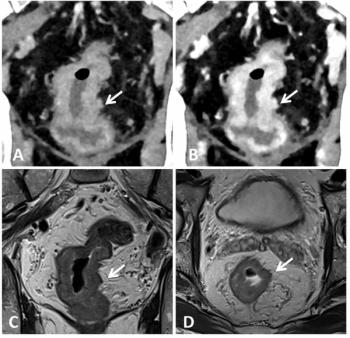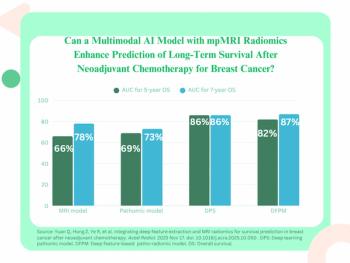
MRI Shows Plaque Triggers Heart Attack
Plaque rupture and ulceration is common in women who suffer heart attacks, but whose angiographs show no coronary artery disease, according to a study published online in the journal Circulation.
Plaque rupture and ulceration is common in women who suffer heart attacks, but whose angiographs show no coronary artery disease, according to
Researchers from New York University and the University of British Columbia used intravascular ultrasound and cardiac
Fifteen patients, or 30 percent, had normal angiograms. Plaque disruption was observed in 16 of 42 patients (38 percent) undergoing intravascular ultrasound. In 26 of 44 patients (59 percent), cardiac MRI results were abnormal, with late gadolinium enhancement (LGE) in 17 patients and indications of edema in nine additional patients. The most common LGE pattern was ischemic, but nonischemic LGE patterns were also observed.
Reynolds and colleagues say Intravascular ultrasound and cardiac MRI provide are valuable complements in assessing female myocardial infarction patients without obstructive coronary artery disease, and may be useful in identifying potential causes and therapies.
Newsletter
Stay at the forefront of radiology with the Diagnostic Imaging newsletter, delivering the latest news, clinical insights, and imaging advancements for today’s radiologists.




























